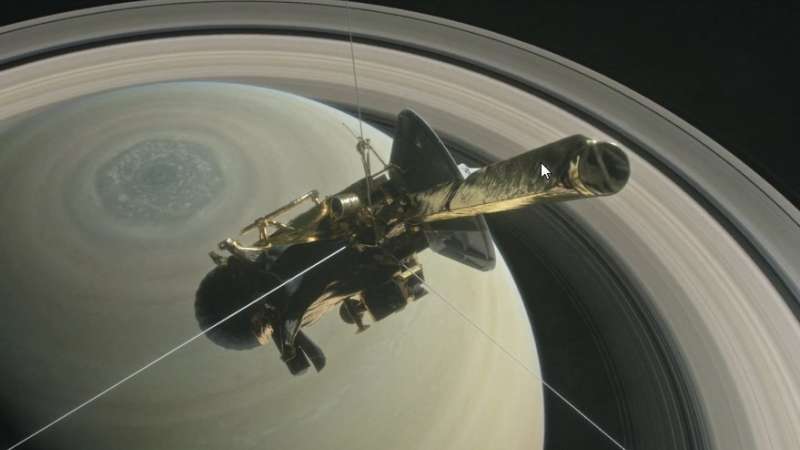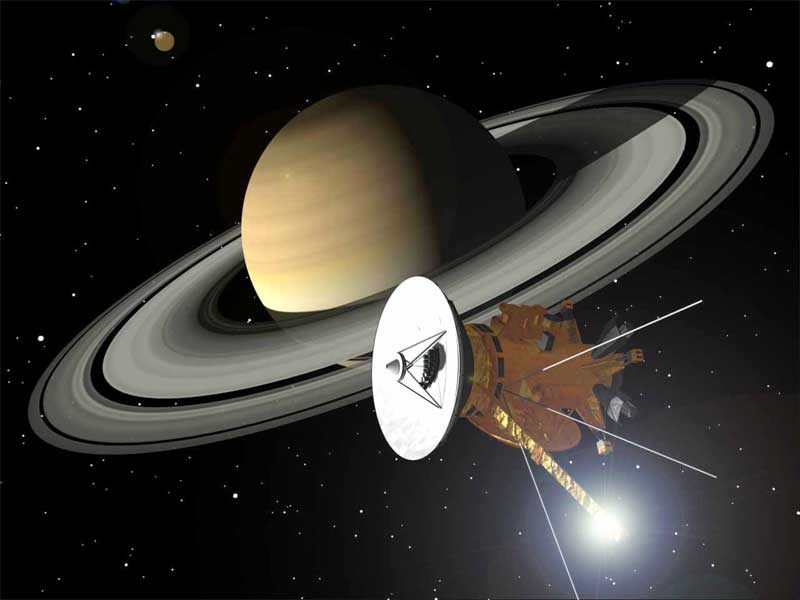NASA’s Cassini spacecraft just completed its first flight through the narrow gap between Saturn and its magnificent rings. This was the beginning of the end for Cassini as the spacecraft tasked with revealing the secrets of the gas giant in outer Solar System enters the final leg of its mission.

As Cassini was done collecting data in this first part of its Grand Finale, scientists examining this data were left baffled. As it turns out, the gap itself is nearly void of anything at all, including dust particles. This essentially means that while the engineers associated with the project were delighted to see the spacecraft alive and kicking, ring scientists have to go back to the drawing board trying to explain why the dust level is much lower than expected.
“The region between the rings and Saturn is ‘the big empty,’ apparently,” said Cassini project manager Earl Maize of NASA’s Jet Propulsion Laboratory in Pasadena, California, Independent reports. “Cassini will stay the course, while the scientists work on the mystery of why the dust level is much lower than expected.”

In the event the spacecraft came across more dust, as it was anticipated, the engineering team monitoring its movements would require using the saucer-shaped antenna as a shield through the dives. Simply put, that would significantly restrict what observation Cassini could make in addition to impacting its ability to send back the data to Earth to some extent.
However, because the space it is diving through is relatively empty, the spacecraft will be able to make the 21 more dives it is programmed to without having to worry about the aforementioned restrictions.
“It was a bit disorienting — we weren’t hearing what we expected to hear,” said William Kurth, RPWS team lead at the University of Iowa, Iowa City, explaining his reaction to the surprising findings. “I’ve listened to our data from the first dive several times and I can probably count on my hands the number of dust particle impacts I hear.”
Worth noting, once Cassini completes these 21 dives, it will retire forever by destroying itself by flying into the atmosphere of Saturn and burning up.
